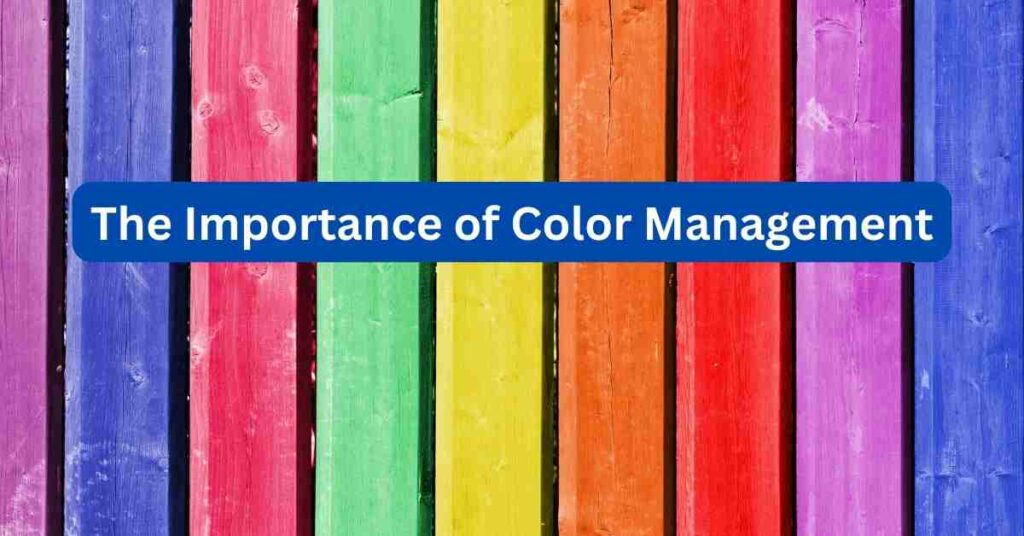Introduction
In the vibrant world of design, fashion, printing, and various industries where color plays a pivotal role, achieving accurate color representation is crucial. Whether you’re a graphic designer, a product manufacturer, or a brand manager, maintaining color consistency across different mediums and materials is vital for brand identity and customer satisfaction. This is where color management software, such as Copra and Colorant, becomes indispensable. These tools help professionals ensure that colors are consistent, accurate, and reproducible across all platforms and products. In this article, we delve into the intricacies of Copra and Colorant color management software, exploring their features, benefits, and practical applications.
Table of Contents
In-Depth Analysis
The Importance of Color Management

Color management is the process of controlling the way colors are represented across different devices and media. The goal is to achieve a consistent color appearance, regardless of where the color is viewed. This is particularly challenging due to the differences in devices, such as monitors, printers, and cameras, each having its unique color gamut and rendering capabilities. Effective color management ensures that a specific color appears the same on a website, a printed brochure, or a product packaging.
Overview of Copra and Colorant
Copra is a renowned color management software widely used in industries such as textile, fashion, and graphic design. It specializes in color quality control, allowing users to measure, analyze, and control colors throughout the production process. Copra is known for its precision in color matching and ability to manage complex color workflows, making it a preferred choice for professionals who require exact color reproduction.
Colorant, on the other hand, is a versatile color management tool designed for various applications, including digital printing, paint, coatings, and plastics. It offers features for color formulation, quality control, and visualization. Colorant is particularly valuable for industries that require precise color mixing and matching, enabling accurate color communication from digital design to physical production.
Key Features and Capabilities
- Color Quality Control: Both Copra and Colorant offer robust tools for color quality control. They provide spectrophotometer integration, allowing users to measure color accurately and detect any deviations from the desired color standards. This ensures that the final product meets the required color specifications.
- Color Matching and Formulation: Copra and Colorant excel in color matching and formulation. They allow users to create and store color recipes, ensuring consistency in color production. These software tools can simulate how colors will appear on different substrates and under various lighting conditions, helping users make informed decisions.
- Color Workflow Management: Managing color workflows is a critical aspect of color management. Copra and Colorant provide comprehensive solutions for workflow management, enabling users to track color data, manage color standards, and collaborate with team members. This streamlined workflow reduces errors and improves efficiency.
- Color Visualization: Visualizing colors accurately is essential for designers and manufacturers. Copra and Colorant offer advanced color visualization tools, including 3D rendering and virtual proofing. These features help users preview how colors will look on the final product, minimizing the risk of costly mistakes.
- Integration and Compatibility: Both software solutions are compatible with various file formats and can be integrated with other design and production tools. This flexibility allows users to seamlessly incorporate color management into their existing workflows.
Practical Tips and Actionable Insights
- Standardize Your Color Communication: Establish clear color standards and communicate them effectively across all departments and stakeholders. Use Copra and Colorant to create and share color standards, ensuring everyone involved in the production process is on the same page.
- Regularly Calibrate Your Devices: To maintain color accuracy, regularly calibrate your monitors, printers, and other devices. Copra and Colorant provide tools for device calibration, helping you achieve consistent color output.
- Conduct Regular Quality Checks: Implement a routine quality control process to monitor color accuracy at different stages of production. Utilize the measurement and analysis features of Copra and Colorant to detect any color discrepancies early and take corrective actions.
- Utilize Virtual Proofing: Before finalizing a design or product, use virtual proofing tools to visualize how colors will appear in real-world conditions. This can save time and resources by identifying potential issues before physical production.
- Invest in Training: Ensure your team is well-versed in using color management software. Investing in training can maximize the benefits of Copra and Colorant, leading to better color consistency and fewer errors.
FAQs
Q: What industries benefit most from using Copra and Colorant?
A: Copra and Colorant are particularly beneficial for industries where color accuracy is critical, such as textiles, fashion, printing, paint, coatings, and plastics. They help ensure consistent and accurate color reproduction across various mediums.
Q: Can these software tools handle custom color formulations?
A: Yes, both Copra and Colorant are capable of handling custom color formulations. They allow users to create, store, and manage custom color recipes, ensuring precise color matching in production.
Q: How often should I calibrate my devices?
A: The frequency of calibration depends on your industry and the criticality of color accuracy. However, it is generally recommended to calibrate devices at least once a month to maintain consistent color output.
Q: Are Copra and Colorant compatible with other design software?
A: Yes, Copra and Colorant are compatible with various design software and file formats. This compatibility allows for seamless integration into existing workflows, making it easier to manage color across different stages of production.
Q: What is the cost of these software solutions?
A: The cost of Copra and Colorant can vary based on the features and modules required. It is best to contact the software providers directly for detailed pricing and licensing options.
Conclusion

Color management is an essential aspect of various industries, and tools like Copra and Colorant play a crucial role in achieving accurate and consistent color representation. From color quality control to workflow management, these software solutions offer a range of features that streamline the color management process. By implementing practical tips and best practices, professionals can ensure that their colors are accurately represented across all mediums, enhancing brand identity and customer satisfaction.


